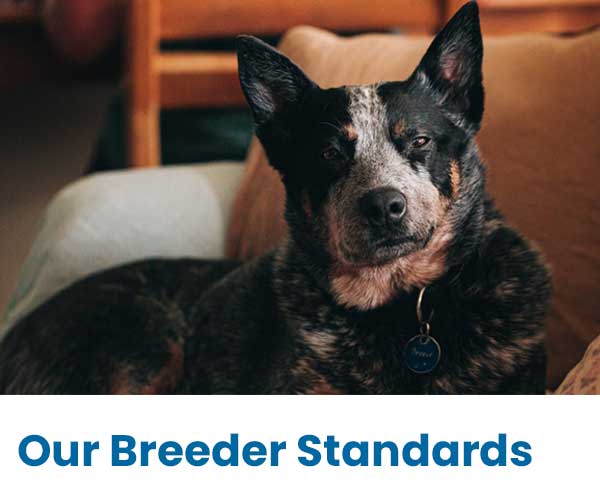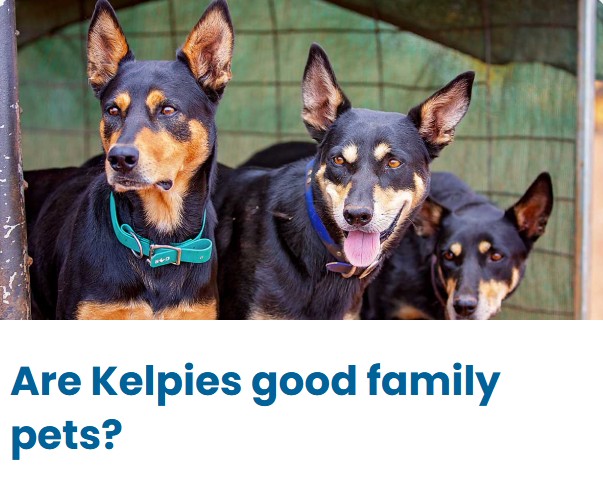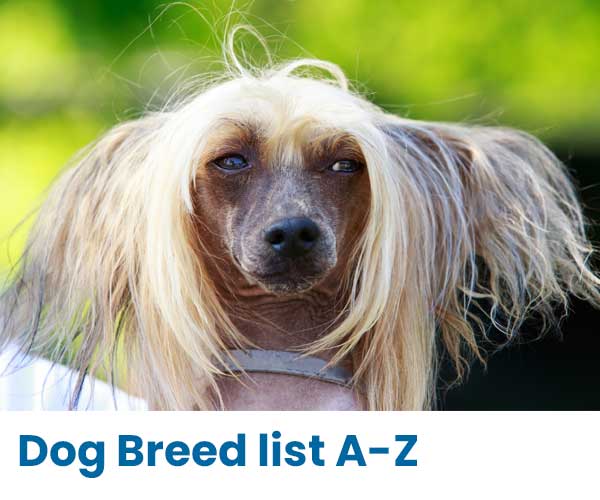Lhasa Apso breed guide
The Lhasa Apso is a non-sporting dog breed originating in Tibet. It was bred as an interior sentinel in the Buddhist monasteries, to alert the monks to any intruders who entered. Lhasa is the capital city of Tibet and apso is a word in the Tibetan language meaning "bearded", so, Lhasa Apso simply means "long-haired Lhasa dog". There are, however, some who claim that the word "apso" is a corruption of the Tibetan word "rapso", meaning "goat-like", which would make the equivalent translation "wooly Lhasa dog."
Having been bred as an indoor monastery sentinel dog by Tibetan Buddhist monks, Lhasa Apsos are alert with a keen sense of hearing and a rich, sonorous bark that belies their size. The ideal Lhasa temperament is to be wary of strangers while being loyal to those closest to them. They can be very aggressive to strangers if they're left untrained. They rank 68th (out of 79) in Stanley Coren's The Intelligence of Dogs, being of fair working/obedience intelligence.
Lhasa Apsos are independent as well as companion dogs who want to please their owners, yet they may be suspicious toward strangers. Unique personality characteristics of Lhasa Apsos have gained them a reputation as being a very emotive breed that, in most cases, prove themselves to be completely fearless. Lhasa Apsos often show happiness by rubbing their head on their owners, running and rolling around, or sitting on their owner's feet.
A Lhasa Apso responds to exercise and discipline with a calm assertive energy. These dogs require early socialization with dogs and other people as puppies and throughout their lives. They require patience and may be slow to house train, but in return, they can be quite comical, entertaining and caring companions. They aim to please their owners and enjoy training. While their personality belies their size, they need a home that is mindful that there is a small dog in the house to prevent injury. They enjoy vantage points in the house where they can view all that is going on.
The Lhasa Apso is a long-lived breed, with many living in good health into their early 20s. The average age for these dogs is 12–14. There are few health problems specific to the breed. Their vision may deteriorate with age, but they are not sight-oriented dogs and they endure blindness with few noticeable changes in behavior.
Like most mammals, all dogs slough off dander. Since dander and many other allergens become trapped in hair, and shed hairs are light enough to spend considerable time airborne indoors before settling to the floor to be removed during housecleaning (an activity which can, ironically, help them stay airborne), shedding of the coat is a typical way in which house-pets spread their allergens in a domestic environment.
Coming from the extremely cold weather of the Himalayas, the Apso has a double coat: only the undercoat, which is soft, will shed out once a year; the outer coat, consisting of coarse outer guard hairs, does not shed. Many owners do not show their Apso (which is kept in full coat) and tend to keep their Lhasa Apsos in a "puppy clip." People with allergies can co-exist with the low-shedding breeds of dogs, including the Lhasa Apso, when they are properly managed.
Source: Wikipedia
Potential health issues in the Lhasa Apso
The breed is fortunate to have very few health issues. Its average life span is 15 years, but can live to be much older. Some common problems are dry eye, cherry eye and skin allergies. Progressive retinal atrophy (PRA) also exists and testing has been conducted for a number of years.
Reference: Dogs NSW
If you are a small scale ANKC registered breeder and would like to be listed here, just contact us or follow a few simple steps to add your details yourself.
We welcome helpful comments and contributions to information about this breed by email
View Lhasa Apso breeders







